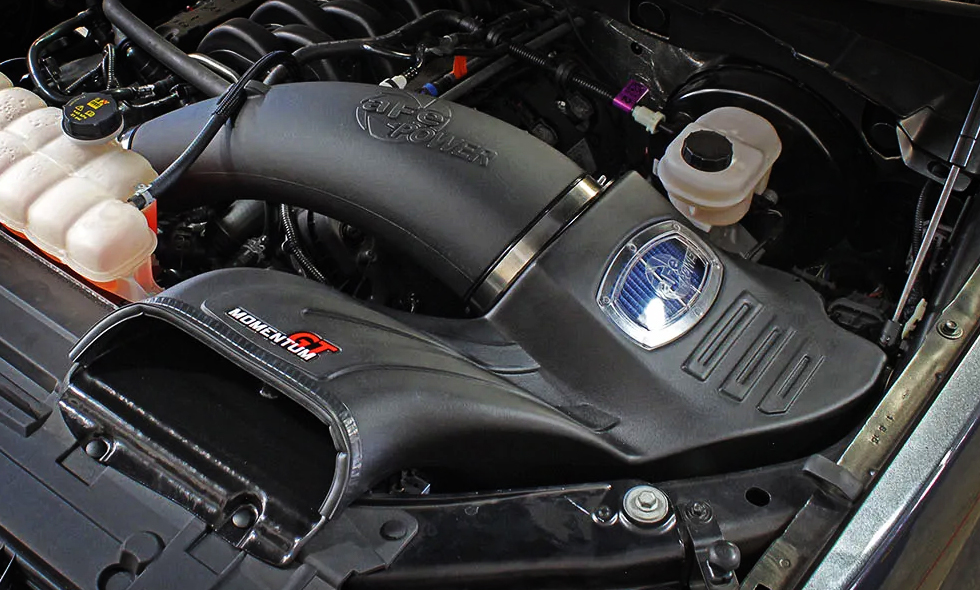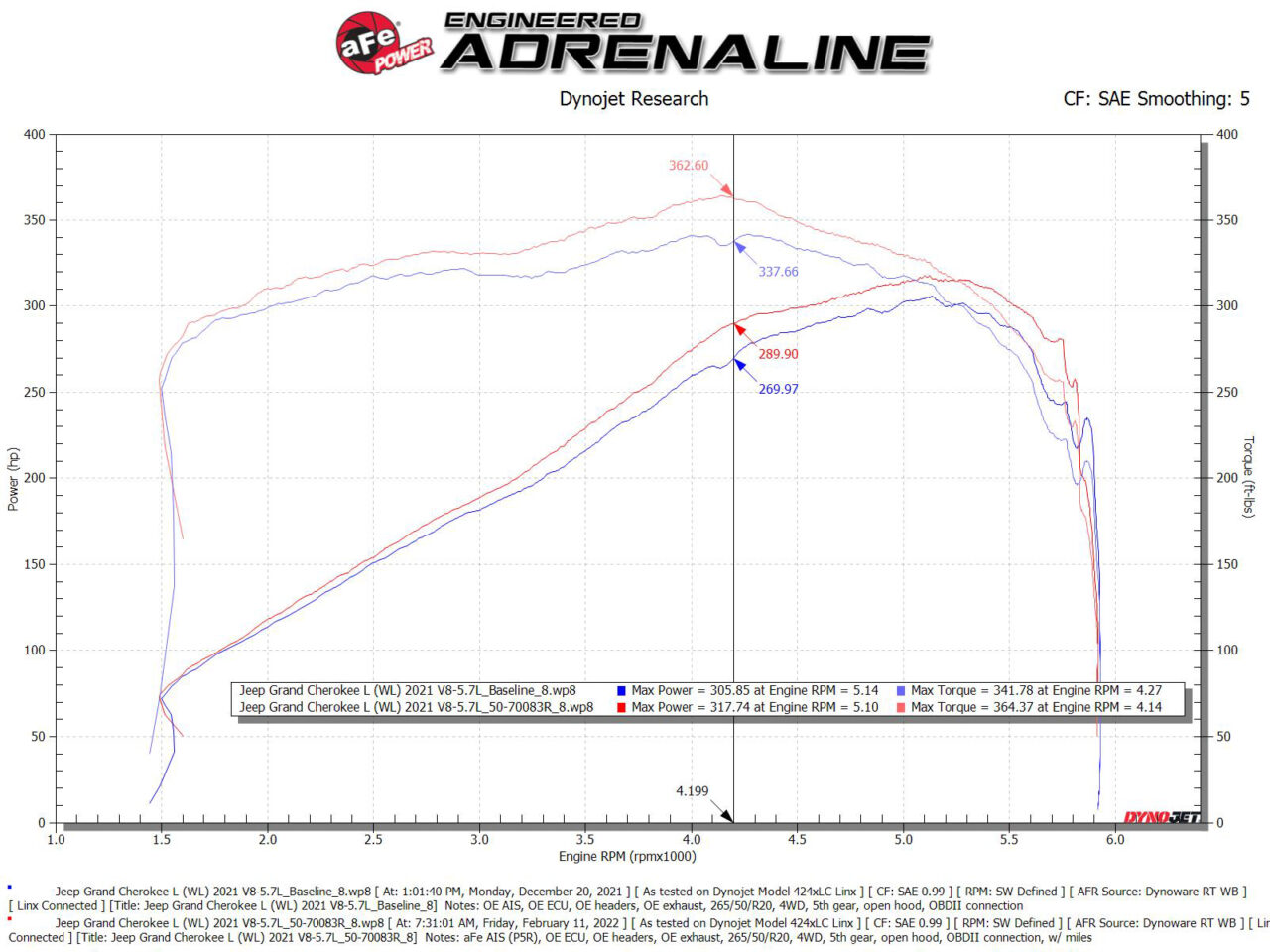Why We Test at aFe POWER
Dyno testing is like giving your car’s engine a thorough once-over in a controlled setting. It’s all about checking out key stuff like power, torque, and how well it performs. Here’s why it’s a big deal:
- Performance Check: It helps mechanics, gearheads, and car buffs see how the engine is doing in terms of horsepower and torque.
- Controlled Environment: Dyno tests happen on a stationary platform that mimics real driving conditions. This means techs can see exactly how the engine behaves without hitting the road.
- Data Insights: Every rev and throttle tweak gets closely watched and analyzed. This data is gold for fine-tuning the engine, spotting issues, and making it perform better.
- Mod Checks: Thinking of souping up your ride with an air intake system? Dyno testing can check if those mods deliver the extra oomph you’re after.
Bottom line, dyno testing makes sure your wheels are running smoothly and getting the most performance out of your car.
Think of reading a dyno chart like following a treasure map to find the buried treasure of your engine’s performance. Once you understand the basics, it’s like deciphering the secrets of your car’s power!
- Horizontal Axis: This usually shows engine speed, measured in revolutions per minute (RPM). It’s like seeing how fast your engine’s spinning.
- Vertical Axis: This represents either horsepower or torque, which are two key measures of engine performance. Think of it as how much power or pulling force your engine’s producing.
- Power Curve: The squiggly line on the chart is your power curve. It shows how horsepower or torque changes as engine speed varies. Look for the peak of the curve – that’s where your engine’s performing at its best.
- Torque Curve: Some charts also include a torque curve. It’s similar to the power curve but focuses on engine pulling power instead.
- Area Under the Curve: The space under the curve tells you about overall engine performance. A big, wide curve means your engine’s delivering power across a broad range of speeds.
- Annotations: Pay attention to any labels or notes on the chart. They’ll give you important details like peak power values or test conditions.
- Comparisons: Sometimes, you’ll see multiple lines on the chart for different setups or engines. Comparing these lines can tell you which setup gives you the best performance.
Understanding these elements will help you interpret a dyno chart effectively and gain valuable insights into the performance of the vehicle’s engine.
Dyno Testing: Essential for Proving Performance
We hope that now you understand why we dyno test our intakes at aFe POWER.
Search your Year, Make, and Model to find the right intake for you, and on the product page, you will find the listed horsepower and torque gains we achieved during dyno testing.
Our POWER Professionals are Here to Help.
-
Call us at 1-951-493-7101 or shoot us an email.
-
We’re available to talk Mon–Fri 8am–4pm PST.
-
Factory Store: 232 Granite St. Corona, CA 92879







